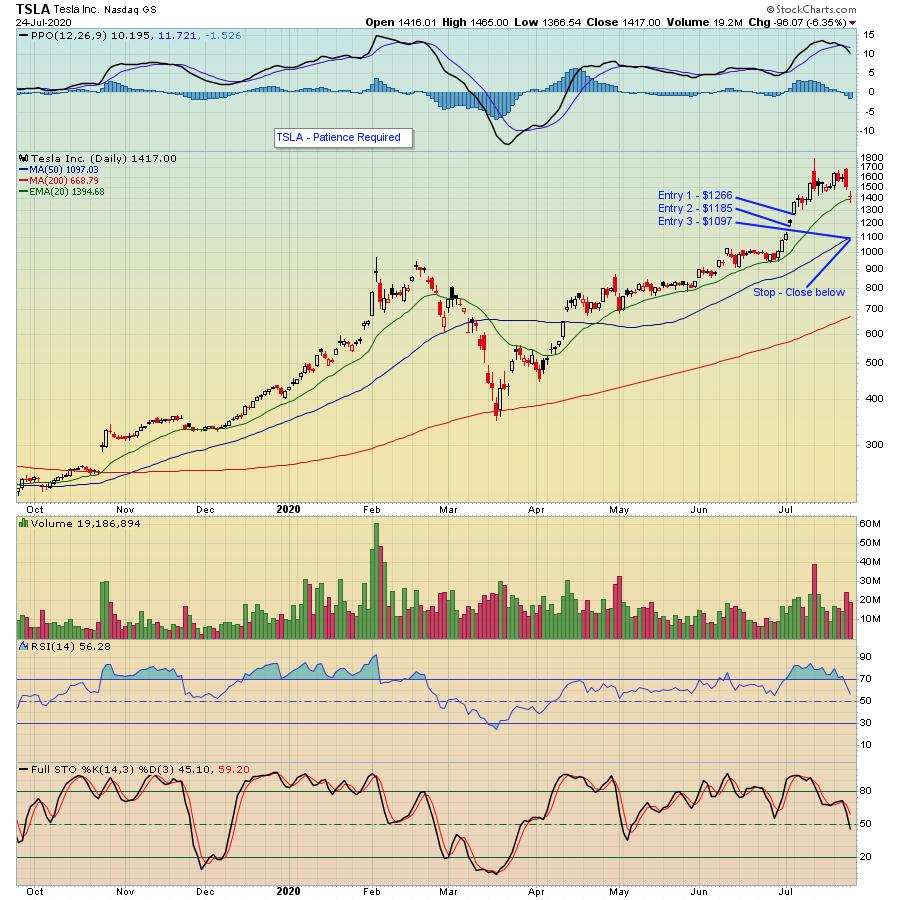Saludos enrique,
con todos mis respetos y sin analizar para nada el tema de la bolsa, es decir, desde la óptica de persona que se acaba de comprar un coche nuevo después de varios meses leyendo sobre coches de todo tipo y marca, ríete tú de tus familiares jóvenes que a ti no te han vendido gato por liebre. (Tesla es una empresa de merchandising y marketing, no una automovilística )
Deberías leer sobre los problemas del tesla en cuanto a calidad, fiabilidad, autonomía, ergonomía y demás.
Además el resto de marcas ( obligadas o no ) ya se están poniendo las pilas, tienen siglos de experiencia fabricando coches, las fábricas preparadas y adaptándose a cada minuto que pasa, están sacando vehículos eléctricos puros sin ser remake de la versión gasolina ( es decir diseñados específicamente para ser eléctricos o sacando su marca eléctrica como polestar de volvo ), tienen servicio postventa ( en tesla no saben de eso, aunque sí de twitter y marketing ), concesionarios donde venden, posibilidad de regatear la compra y verla y probarla.
En Europa van a caer las ventas de tesla ( ya está pasando ) a la velocidad de la luz y en asia vaticino un futuro semejante...
te pongo un artículo donde prueban un polestar 2 (submarca eléctrica de volvo) y dice claramente que esta a años luz en calidad de tesla.
https://www.wired.co.uk/article/polestar-2-reviewproblemas de calidad de los tesla, busca en google, hay miles de web.. por ejemplo
https://www.hibridosyelectricos.com/articulo/actualidad/problemas-calidad-tesla-modely-unidades-siendo-devueltas/20200623130342036095.htmlhttps://www.autobild.es/noticias/tesla-lado-oscuro-marca-problemas-espana-512851https://www.topgear.es/noticias/coche-electrico/tropiezo-tesla-eeuu-calidad-fiabilidad-667147incluso hay expertos que han observado los ajustes y alucinan de la falta de calidad ... ojo, que todas tienen, pero en esta marca debe ser exagerado (chapas que se juntan y separan, tapicería suelta, cosas que no encajan...).
Ah, y lo que nadie te cuenta, se de algún caso con herida en la rodilla porque le roza la pantalla... vamos que esta super bien ubicada, está todo diseñado para conducir......(va a ser que no)
Porsche ya le ha pulido, ahora polestar, en breve mercedes, audi, bmw, ... le irán puliendo y sin pérdidas.
Final del artículo de autobild enlazado arriba;
"Sin embargo,
el problema principal de Tesla, al menos según lo ve quien escribe, no es ese, sino su proverbial opacidad. Muy pocos datos concretos han sido compartidos por la empresa para la realización de este artículo: números de empleados solo aproximados, informes sobre satisfacción de clientes solo con una referencia y ni hablar del número de reservas, algo que cualquier marca suele mostrar orgullosa.
No hay duda de que la competencia debe andar al acecho, más que nunca, pero dice el refrán que cuando algo escondes, malo será. Y quizá ni siquiera sea el caso esta vez, pero la falta de información siempre alimentará las especulaciones y las malas noticias siempre se venden mejor que las buenas. Este quizá sea el segundo problema más gordo de Tesla."




